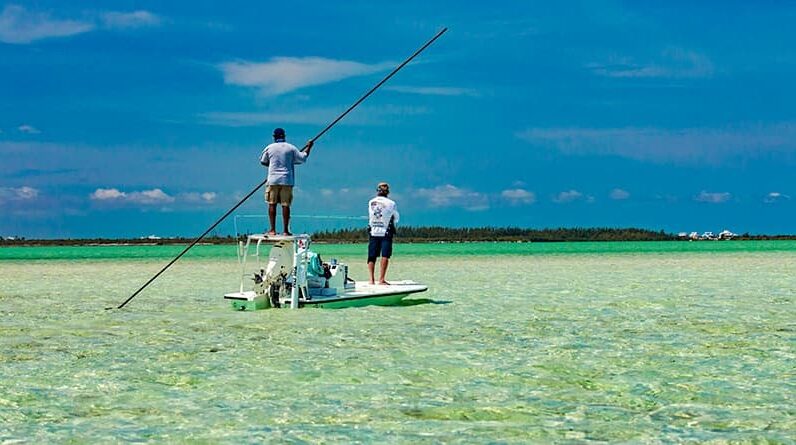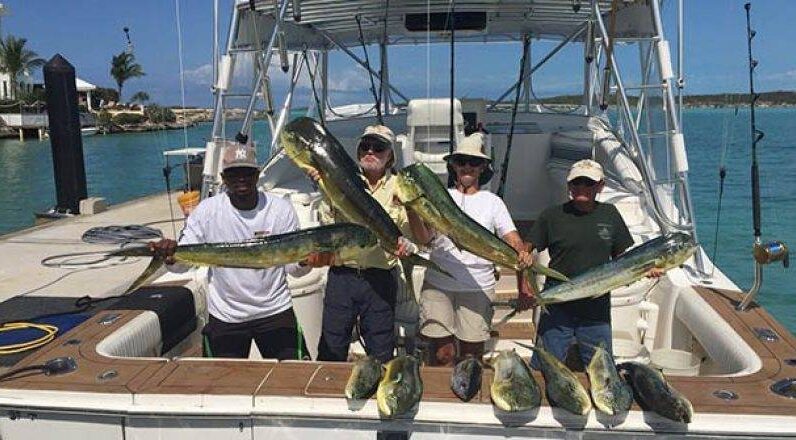Like many of you, I absolutely love fishing from my kayak. However, the struggle of getting to and from my favorite fishing spot can be a real headache. That’s why I teamed up with cheerfulfisherman.com to share some valuable insights on kayak transportation.
Fishing from a kayak is a thrilling way to connect with nature and indulge in your angling passion. But, before you can start catching those impressive fish, you’ve got to tackle the challenge of moving your fishing kayak from your home to your chosen fishing haven. Whether you’re an experienced kayak angler or just starting out, this guide will offer you essential tips and techniques to transport your fishing kayak safely and efficiently.
The Right Gear
Before diving into the specifics of transporting your kayak, it’s crucial to have the right gear in place. The equipment you’ll need for safe kayak transportation includes:
Roof Rack: A sturdy roof rack or kayak carrier system is essential for safely securing your kayak to your vehicle. These systems come in various designs, such as J-hooks, cradles, or saddle-style carriers. Ensure your roof rack is compatible with your vehicle and properly installed.
Straps and Tie-Downs: High-quality straps are indispensable for securing your kayak to the roof rack. Invest in durable straps that are designed for kayak transportation, as they have the necessary strength and padding to protect your kayak.
Padding and Cradles: Foam padding and kayak cradles can prevent scratches and damage to your kayak during transportation. You can also use pool noodles or foam blocks as an economical alternative.
Kayak Cart or Dolly: A kayak cart or dolly will make it easier to transport your kayak from your home to your vehicle and from your vehicle to the water.
Safety Flags and Lights: Depending on your local regulations, you might need to attach a safety flag or lights to the rear of your kayak for visibility during transport.
Choosing the Right Vehicle
The choice of vehicle for transporting your fishing kayak plays a critical role in ensuring a safe and smooth journey. Consider the following factors when selecting a vehicle:
Car Size: A smaller car may be suitable for transporting shorter kayaks, but if you have a longer kayak, consider a larger vehicle or one with roof rails to provide more stability.
Roof Type: Pay attention to the type of roof on your vehicle. Hardtop roofs are ideal for attaching roof racks, while soft-top or convertible vehicles may require specialized kayak carriers.
Weight Capacity: Ensure that your vehicle’s roof rack or kayak carrier has the weight capacity to support your kayak’s weight. Overloading your roof can damage your kayak and compromise safety.
Loading Your Kayak
Loading your fishing kayak onto your vehicle is often the trickiest part of the transportation process. Follow these steps for a safe and efficient loading experience:
Prepare the Roof Rack: Double-check that your roof rack or kayak carrier is properly installed and secure.
Position the Kayak: Position your kayak parallel to your vehicle with the bow (front) facing forward. If you have a kayak cart, this is the time to use it for added convenience.
Lift and Place: With a firm grip on either end of the kayak, carefully lift and place it onto the roof rack. Ensure it’s centered and balanced to avoid wobbling during transport.
Padding and Cradles: Use foam padding or kayak cradles to protect the kayak’s hull from direct contact with the roof rack.
Secure with Straps: Once your kayak is in place, use high-quality straps to secure it to the roof rack. Crisscross the straps for added stability and tighten them enough to hold the kayak firmly, but not too tight to damage it.
Double-Check: Double-check all straps, knots, and connections to ensure everything is secure. Give the kayak a gentle shake to ensure it doesn’t move.
Transporting Your Kayak
Now that your kayak is securely loaded onto your vehicle, it’s time to hit the road. Keep these tips in mind during the transportation phase:
Speed and Wind Resistance: Maintain a safe and legal speed limit, as high speeds can generate wind resistance, potentially affecting the stability of your kayak. Be especially cautious on highways.
Braking and Acceleration: Allow for longer stopping distances and smoother acceleration to prevent sudden jerks that might dislodge your kayak.
Frequent Checks: Periodically pull over during your journey to inspect the kayak and ensure all straps remain tight and secure.
Arriving at Your Fishing Location
You’ve successfully transported your fishing kayak, and you’re now at your desired fishing location. Follow these steps to safely unload your kayak and get it into the water:
Park Carefully: Choose a suitable parking spot that is close to the launch point. Avoid parking on uneven or rocky surfaces that could damage your kayak.
Unload Gently: Carefully unstrap and unload your kayak, ensuring it remains balanced. If you have a kayak cart, this is the time to use it again.
Prepare for Launch: Position your kayak near the water’s edge and load your fishing gear, life jacket, and any other essential equipment. Double-check that your paddle is within easy reach.
Launch Smoothly: Gently push your kayak into the water, step in carefully, and start your fishing adventure.
Transporting your fishing kayak from home to your fishing location doesn’t have to be a daunting task. With the right gear, a suitable vehicle, and a solid understanding of the loading and unloading process, you can ensure a safe and efficient journey every time. By following the tips and techniques outlined in this guide, you’ll be well on your way to enjoying the serene waters and bountiful catches that kayak fishing has to offer. So, gear up, load your kayak, and set sail on your next angling adventure with confidence and excitement.






